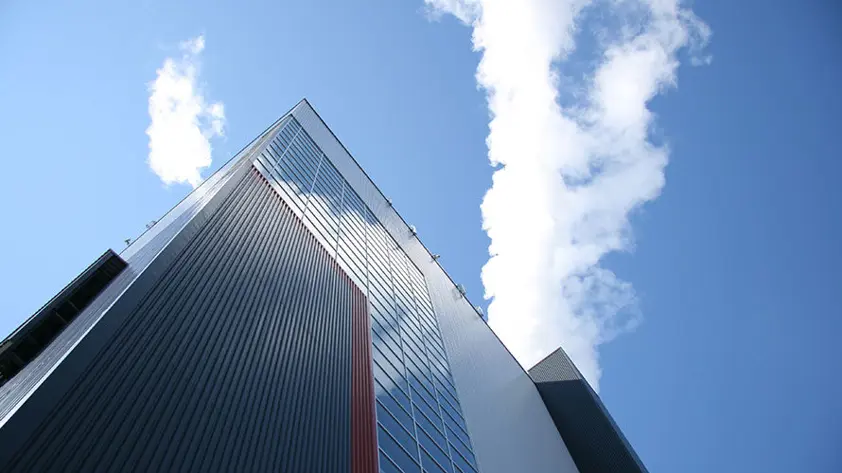UPM Pulp produces more than 2% of all electricity produced in Finland, while the UPM Fray Bentos pulp mill accounts for as much as 8% of the energy generation in Uruguay. Electricity generation in pulp mills does not cause fossil CO2.
So why do we need pulp? Simply take a walk through your home—from your kitchen, through the fridge to your bathroom—and you'll have the answer. Today, an increasing proportion of pulp is used for packaging, such as milk and juice cartons and other packages, wraps and labels. Kitchen roll, toilet paper and personal care products are further examples of the growing number of end-uses for pulp.
The global population is growing, and urbanisation and e-commerce are driving factors behind an increase in packaging. This also means a rise in the demand for pulp. Packages made from pulp can be recycled for reuse or used to produce energy. This reduces the use of non-renewable raw materials and fossil fuels.
UPM is responding to the growing demand for pulp by investing in its pulp mills. Increased pulp production also increases the share of electricity and heat production and improves the energy efficiency of the mills. This decreases the amount of energy required to produce a tonne of pulp and increases the amount of energy sold per tonne of pulp.
Also different types of side-streams and residues, such as crude tall oil, turpentine and lignin, are generated during pulp production. These can be further processed into new products. UPM's Lappeenranta biorefinery uses crude tall oil to produce renewable UPM BioVerno diesel and naphtha that can also be used as raw material for bioplastics.
Setting goals and working hard towards cleaner production
Clean, CO2-free energy is important to UPM, and we have made long-term investments in emission-free energy. We aim to reduce CO2 emissions from purchased electricity and energy production by 30% by 2030. In 2016, 69% of the fuels used by UPM were renewable.
For example, around 97% of the electricity used at the Kymi pulp mill is CO2-free. We only need to purchase electricity from the market during maintenance work and production stoppages. The Kymi pulp mill uses natural gas as reserve fuel.
UPM has made an investment to increase pulp production at the Kymi mill. Once completed, the investment will also further increase the production of electricity and heat.
The use of the best available techniques, tighter emissions regulations and emission-related costs all have an effect on the operation of the mills. Investments have reduced emissions and the use of sulphur at the mills, even though production has increased.
Modern pulp mills are much more than just pulp mills — they are multifunctional biorefineries and energy plants that use wood to produce not only pulp but also electricity and heat as well as different types of side-streams and residues that can be processed into new products.

